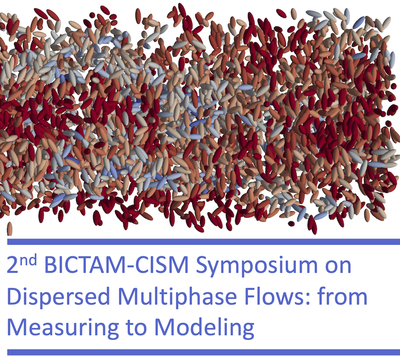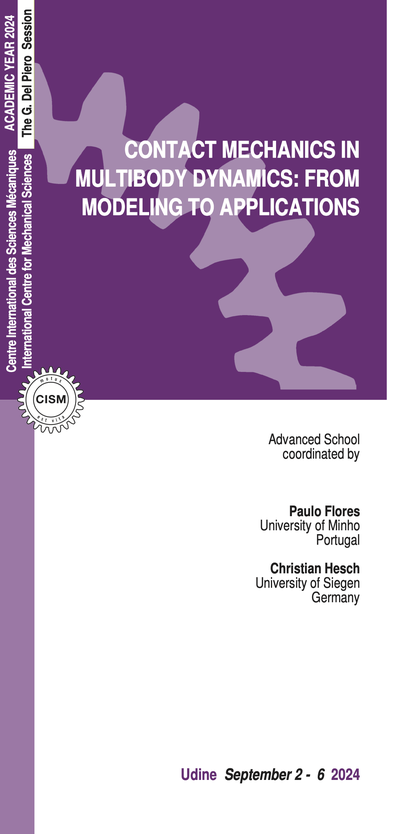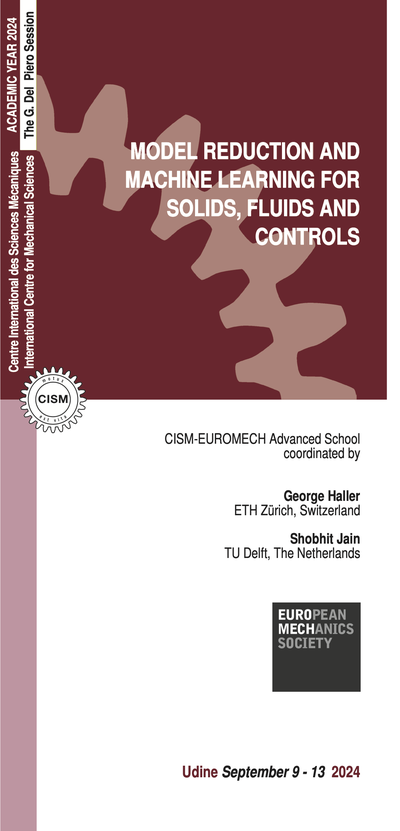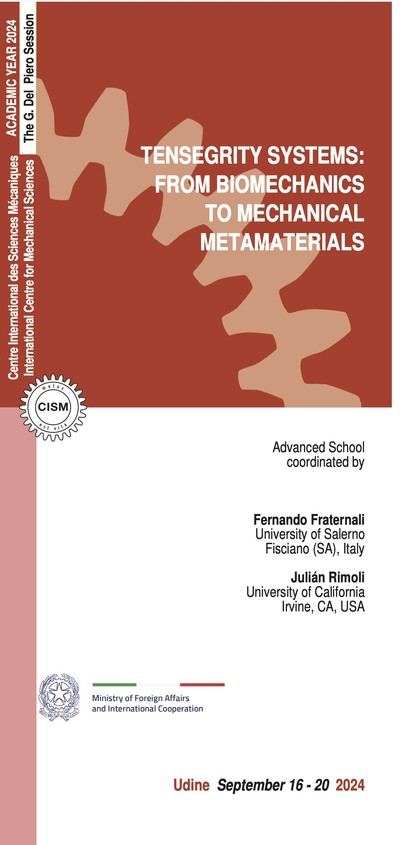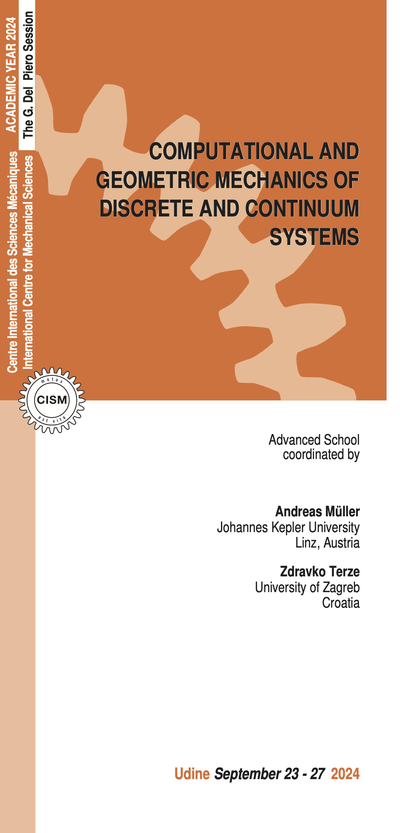Flow and transport in porous media are relevant for many geophysical, industrial, and biological applications, including carbon sequestration, glacial drainage, papermaking, transport across vascular walls, and bacteria motility. Predicting the evolution of these systems is difficult because of the interplay between different physical features, such as complex flow patterns, convection and reaction, and transformation of the porous matrix through deformation and phase change. In addition, flow and transport in porous media are governed by physical processes that span a wide range of length and time scales. Rapidly increasing computational power has recently enabled threedimensional, high-resolution and time-dependent simulations of these flows at both the pore-scale and the Darcy-scale, producing an entire branch of flourishing research into multiphase flow in porous media. Experimental progress has also been substantial, thanks to improved measurement techniques inboth 2D and 3D. Therefore, it is now useful to review the many studies on the subject to provide an overview of the current state of the art, and to put future research paths in perspective.
This course will provide an overview of the most up-to-date modelling approaches, numerical simulations, and experimental methods used to study the dynamics and properties of porous media flows characterized by convection and deformation.
Fundamentals of transport in porous media will be presented, including upscaling techniques, thermodynamics of two-phase mixtures, Lagrangian interpretations, fractional diffusion, non-locality and memory.
Time-dependent evolution of convection-driven flows in different configurations will be analyzed, with reference to geophysical and industrial applications and with particular attention to the dynamics and structures of convection, effect of porous media properties on convection and transition from 2D to 3D convection. An overview of experimental and numerical techniques for convective flows in porous media will be presented and reviewed.
Principles of the coupling between flow, transport, and deformation in porous media will be presented. The small-deformation limit and classical linear poroelasticity will be discussed in the context of subsurface flows. Large-deformation poromechanics will be discussed in the context of polymeric hydrogels (including swelling and drying phenomena), paper-pulp suspensions (including viscoelasticity and plasticity), and granular media (including friction and rearrangement).
The implications of deformation for the dispersion and mixing of solutes will be considered. Two-phase flows will be considered, including capillary and wettability effects. Phase-field approaches will be introduced in the context of multiphase solidification problems (including ice, methane clathrates, and lava) and applied to the growth and migration of gas bubbles in soft porous media.
The course is addressed to graduate students and researchers in applied mathematics, physics and chemical/mechanical engineering.
The advanced topics and the presentation of current progress in this very active field will also be of considerable interest to senior researchers and industrial practitioners having a strong interest in understanding the multiscale complex behavior of such multiphase flows.
Nield, D. A., & Bejan, A. (2006). Convection in porous media (Vol. 3). New York: Springer.
witt, D. R. (2020). Vigorous convection in porous media. Proc. R. Soc. A, 476(a239), 20200111.
Wright, S. F., Zadrazil, I., & Markides, C. N. (2017). A review of solid–fluid selection options for optical-based measurements in single-phase liquid, two-phase liquid–liquid and multiphase solid– liquid flows. Exp. Fluids, 58(9), 1-39.
MacMinn, C. W., Dufresne, E. R., & Wettlaufer, J. S. (2016). Large deformations of a soft porous material. Phys. Rev. App., 5(4), 044020.
Stickland, A. D., & Buscall, R. (2009). Whither compressional rheology? J. non-Newton. Fluid Mech., 157(3), 151-157.
Fowler, A. (2011). Mathematical geoscience (Vol. 36). Springer Science & Business Media.
Miele, F., de Anna, P. and Dentz, M. (2019) A stochastic model for filtration by porous media. Phys, Rev. Fluids, (4) 094101.
Scheidweiler, D., Miele, F., Hannes, P., Battin, TJ, and de Anna, P. (2020) Biophysical controls on the trait-specific dispersal of bacteria in heterogeneous porous environments across spatial scales (2020). J. R. Soc. Interface
de Anna, P., Yawata, Y., Stocker, R., and Juanes, R. (2021). Chemotaxis under flow disorder shapes microbial dispersion in porous media. Nat. Phys.
Fu, X., Cueto-Felgueroso, L., Juanes, R., (2018), Nonequilibrium thermodynamics of hydrate growth on gas–liquid interface, Phys. Rev. Lett.,120(14):144501 (2018)
Fu, X., Jimenez-Martinez, J., Nguyen, TP, Carey, JW, Viswanathan, H., Cueto- Felgueroso, L. and Juanes R., Crustal fingering facilitates free- gas methane migration through the hydrate stability zone, PNAS (2020).
Kobayashi R. (2010), A brief introduction to phase field method, AIP Conf. Proc., 1270, 282-291.
6 lectures on: Relationship between the confined medium structure, flow and transport. Transport and filtration of colloids and bacteria by porous systems. Microbial growth under heterogeneous flows.
5 lectures on: General introduction to the scope of the course. Effect of porous media properties on convection: anisotropic and heterogenous media. Review of numerical and experimental approaches: challenges and perspectives. Transition from two-dimensional to three-dimensional Darcy flows (numerical and experimental studies).
5 lectures on: Modeling the chemo-mechanics of reactive mul- tiphase flow with phase-field methods (basic principles of phase-field methods and its application to two-phase and three-phase flow through porous media). How fluid-solid phase change processes shape geologic and engineered environments: from icy porous materials (e.g. snow and methane clathrate) to mineral dissolution/ precipitation.
5 lectures on: Strong convection in porous media: dynamics and structures of convection at moderate to high Rayleigh numbers; plumes dynamics; applications in geological contexts and CO2 sequestration. Coupling flow and deformation in porous media: of two-phase modelling to describe coupled solid and fluid mechanics; The limits of weakly deformable media and highly deformable media. Applications from paper-making to glacial drainage.
6 lectures on: Fundamentals of transport in porous media: effective diffusion, mechanical dispersion, physical and mathematical interpretation. Upscaling techniques: volume averaging, homogenisation, numerical upscaling, stochastic upscaling. Non-Fickian transport: Lagrangian interpretations (CTRW, TDRW), non-locality and memory, fractional diffusion. Multi-physics extensions: mixing and reactive transport, coupled processes. Current trends and perspectives.
4 lectures on: Convection and transport in biological networks: the example of the brain microcirculation. Relationships between network structure, flow and transport in biological networks: importance of tissue growth/deformation in vascular morphogenesis.
6 lectures on: Thermodynamics of mixtures. Poroelasticity with application to swelling and drying in gels. Deformation-driven dispersion and mixing of solutes. Multiphase flows and capillary effects. Phase-field methods for gas-liquid flows in soft porous media. Overview of experimental and numerical methods. Open questions.
The course is offered in a hybrid format giving the possibility to attend the course also by remote (on Microsoft Teams platform). On-site places are limited and assigned on first come first served basis.
The registration fees are:
- On-site participation, 600.00 Euro + VAT* * where applicable (bank charges are not included) Italian VAT is 22%.
This fee includes a complimentary bag, five fixed menu buffet lunches, hot beverages, downloadable lecture notes.
Deadline for on-site application is June 11, 2022.
- Online participation, 250.00 Euro + VAT* * where applicable (bank charges are not included) Italian VAT is 22%.
This fee includes downloadable lecture notes.
Deadline for online application is June 29, 2022.
Application forms should be sent on-line through CISM website
A message of confirmation will be sent to accepted participants.
Upon request a limited number of on-site participants can be accommodated at CISM Guest House at the price of 30 Euro per person/night (mail to: foresteria@cism.it).
CANCELLATION POLICY
Applicants may cancel their registration and receive a full refund by notifying CISM Secretariat in writing (by email) no later than:
- June 11, 2022 for on-site participants (no refund after the deadline);
- June 29, 2022 for online participants (no refund after the deadline).
Cancellation requests received after these deadlines will be charged a 50.00 Euro handling fee. Incorrect payments are subject to Euro 50,00 handling fee.
GRANTS
A limited number of participants from universities and research centres who are not supported by their own institutions can request the waive of the registration fee and/or free lodging.
Requests should be sent to CISM Secretariat by May 11, 2022 along with the applicant's curriculum and a letter of recommendation by the head of the department or a supervisor confirming that the institute cannot provide funding. Preference will be given to applicants from countries that sponsor CISM.

